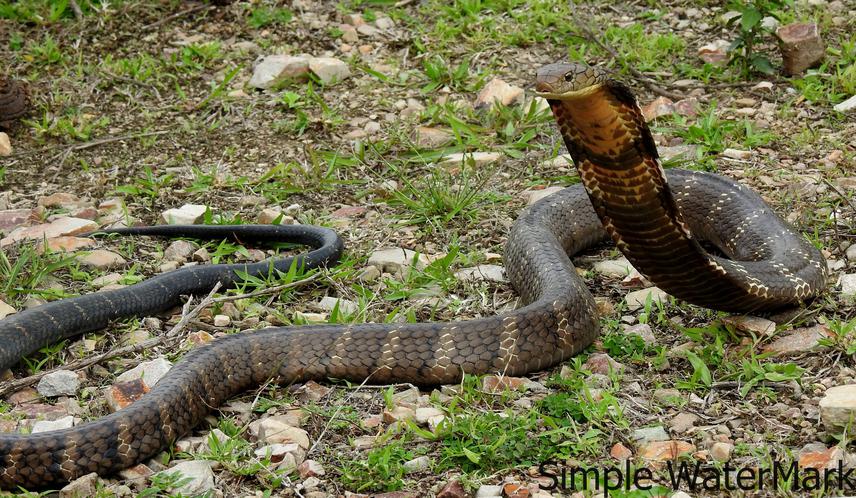Bal Krishna Koirala
Other projects
15 Jun 2016
Study on Diversity and Spatial Distribution of Snakes, and Analysing Public Health Problem Associated with Snakes Bite in Sarpang District, Southern Bhutan
The King cobra is categorized as Vulnerable by IUCN due to population decline of this species. In many Asian countries, the species has suffered a massive decline in population due to illegal exploitation and habitat destruction. However, current conservation status of this globally threatened species including other venomous snakes is not studied in Bhutan. There is considerable information gap on species of concern, as a result, there is increasing problem associated with indiscriminate killing and habitat destruction posing direct threats to the species of concern. In Bhutan, the present conservation issue pertaining to snakes conservation is due inadequate scientific information and lack of public awareness on concern species. Therefore, the primary aims of this study are; generating of scientific information through ecological assessment of King cobra including other venomous snakes, and promote public awareness through education outreach for long term conservation of these species of concern in this Himalayan nation.

King cobra.
In Bhutan, biodiversity conservation has been accorded the highest priority. However, when Bhutan is striving forward to study and document its biodiversity, Herpetofauna, one of the lesser known species group is reported to be poorly documented. The field of snakes has always received less conservation priority in Bhutan from aspects of both ecology and medical importance. Information on diversity, spatial distribution and conservation importance of snakes is limited even at national level and no single study has been conducted on defined subject in proposed location so far. Considering this emerging conservation issues, the proposed project will take place in Tashigang Forest Division which is located at (27°22’ to 27°29’ latitude and 91°22’ to 92°07’ longitude). Geographically the Division covers an area of 2447.40km2. The altitude ranges from 500–4500 m with corresponding vegetation types of sub-tropical forests, warm broadleaved, cool broadleaved forests, mixed conifer and alpine meadows that harbour rich repositories of biodiversity.
Proposed study is targeted to assess status of King cobra and other venomous snakes, through ecological assessment adopting scientifically justified methods and also promote public awareness through education outreach for long term conservation of these species of concern in the Himalayan kingdom of Bhutan. Conservation educational programs will be organized in schools, colleges, and community centers within target locations. The conservation message on importance of conserving King cobra (Ophiophagus Hannah) and other snake species of medical significance will be disseminated. Since the iconic king cobra being the first subjects of high priority, the ecological information obtained and conservation awareness created through this conservation intervention would help this globally threatened snake continue to survive in its natural habitat. Apart from our target species (King cobra), documenting and identifying the conservation threats of all the venomous snakes found in study area is also one of the important project priorities.
The project will help to safeguard the declining population of important snake species (Ophiophagus hannah ) in particular, update the database for Bhutan’s snake diversity, make general public, students, teachers and medical professionals aware of different group of snake species, thus help design appropriate conservation strategy for the protection of these lesser known species. The project will support the Government in the attempt to conserve the reptile diversity and associated wildlife and help meeting the country’s international commitments and other policy goals for conservation of biodiversity and to protect the ecological integrity of eastern Himalayan ecosystem.